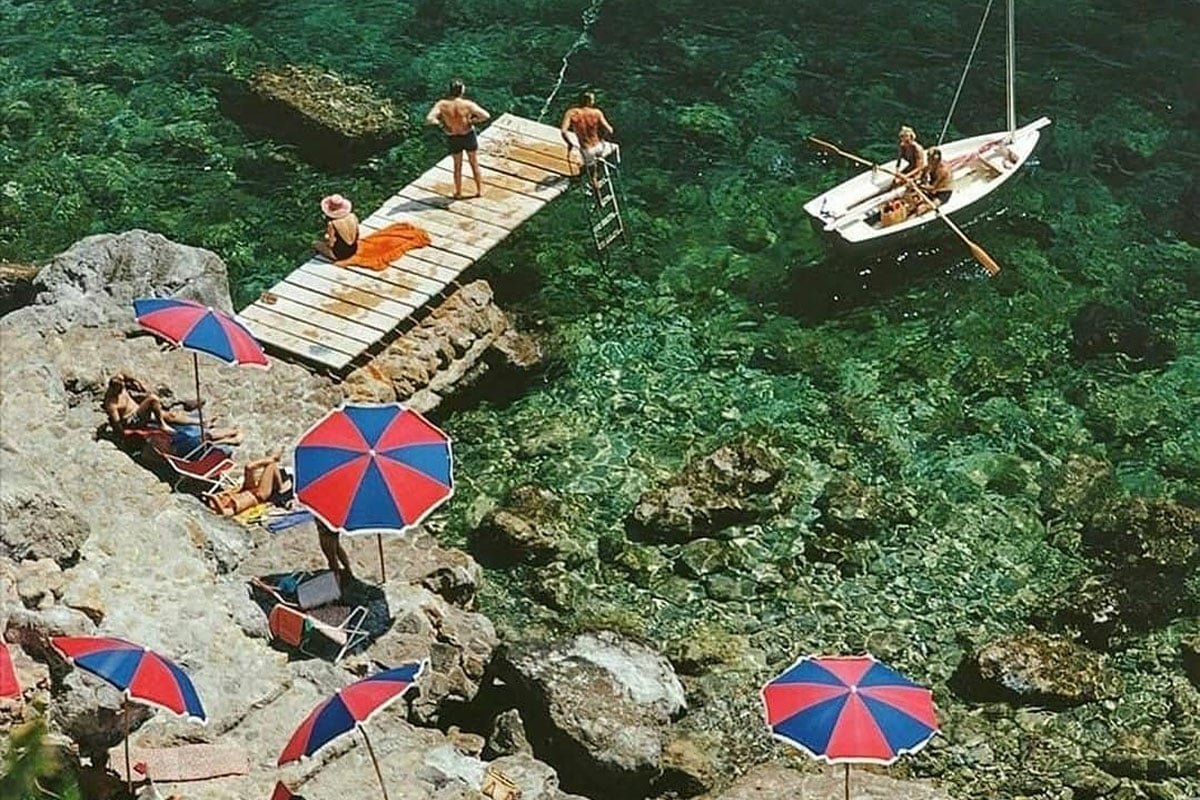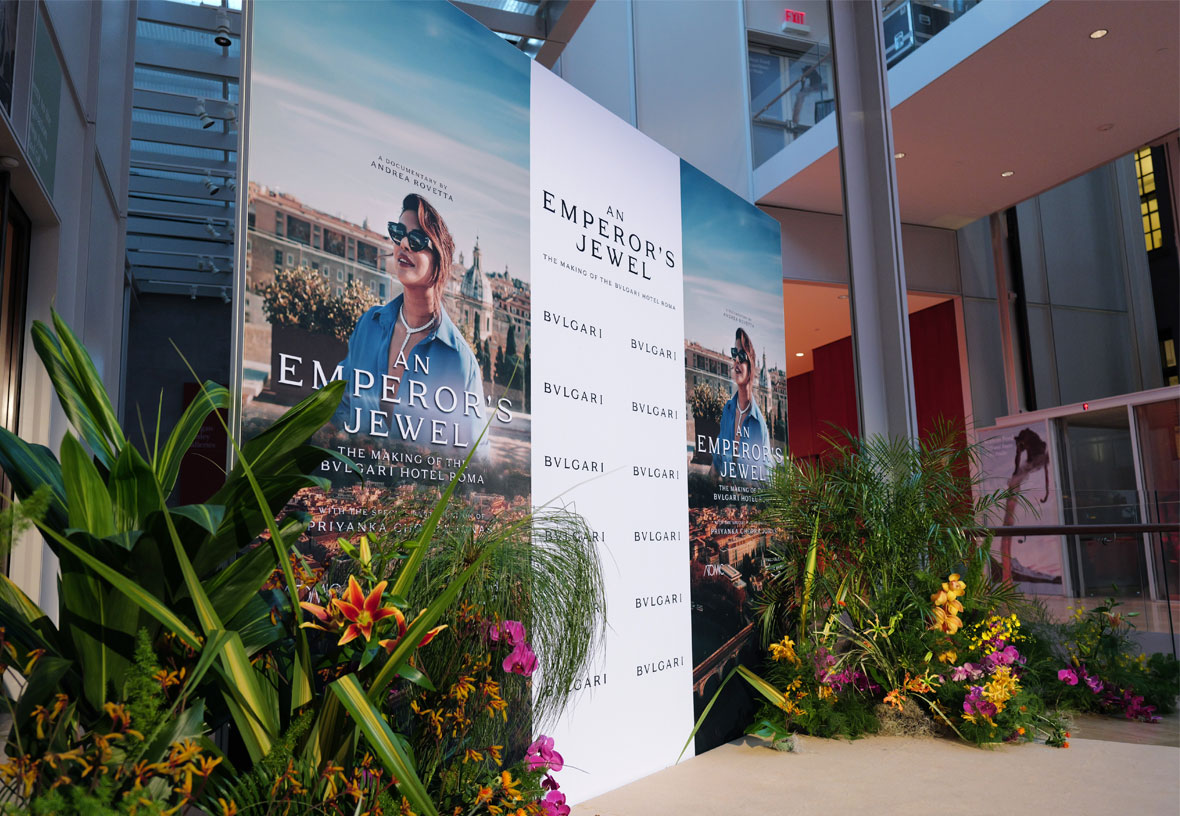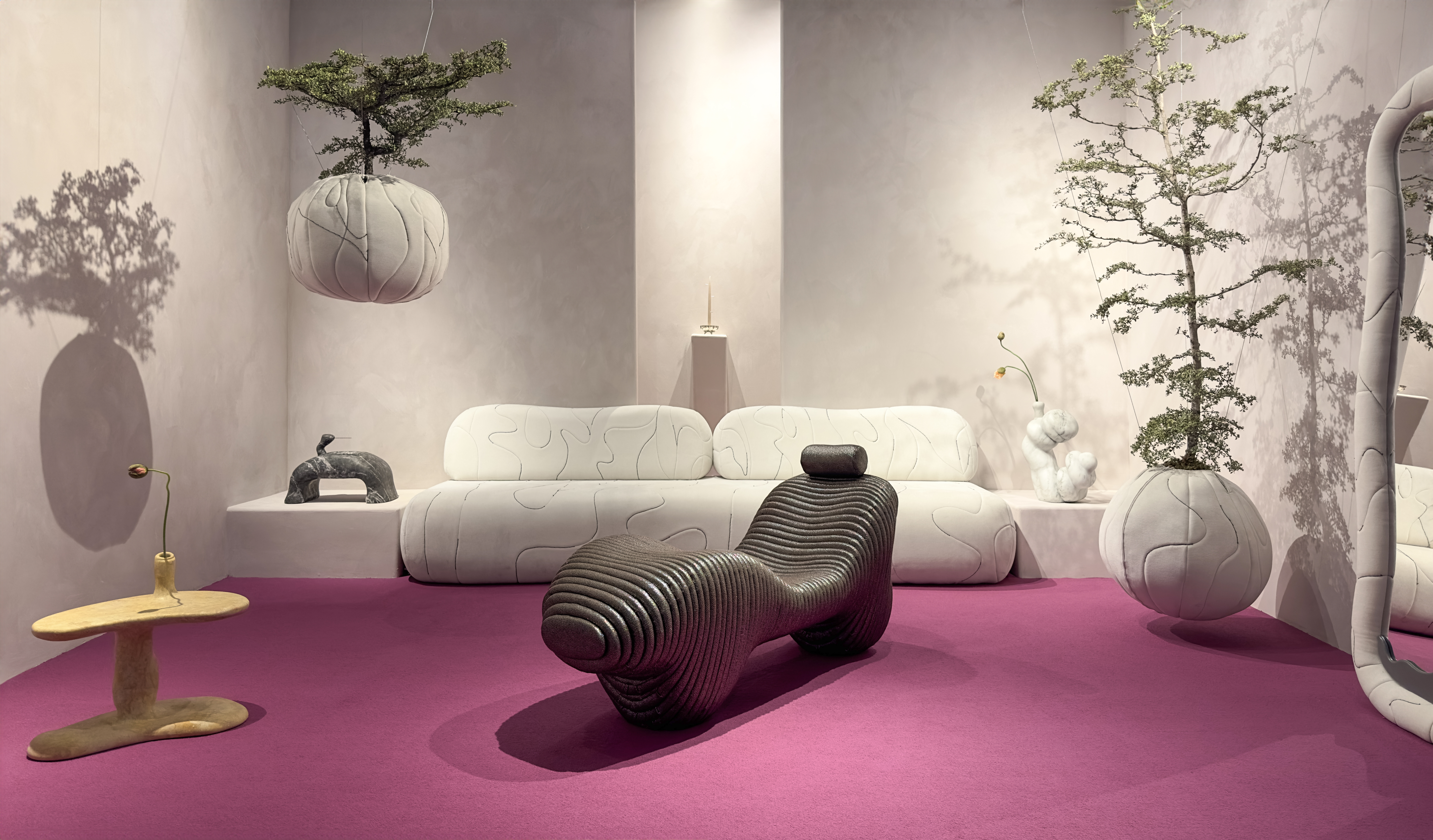We care about your privacy. We attempt to limit our use of cookies to those that help improve our site. By continuing to use this site, you agree to the use of cookies. To learn more about cookies see our Privacy Policy.
Wes Anderson Brings His Curatorial Eye to the Kunsthistorisches Museum
Complete with a mummified shrew
November 6th may have marked a new political reality for most Americans, but for Wes Anderson it was the start of a new artistic fantasy. The singular filmmaker provided another side of himself with a new exhibit at the Kunsthistorisches Museum in Vienna titled Spitzmaus Mummy in a Coffin and Other Treasures which he and his partner Juman Malouf curated. The exhibit showcases historical artifacts from the museums sizable collection, bringing together 400 pieces from ancient Egypt, Greece, and Rome, paintings from the Old Masters, and various artifacts culminating with the central piece, the Spitzmaus Mummy, from which the exhibit derives its title. Unsurprisingly there’s a certain Wes Anderson-charm to the whole thing, whether its by design or by attribution of even the simplest aesthetic flourishes to his distinctive perspective. The warmth of the colors of the walls lend themselves to a Grand Budapest Hotel vibe, while the positioning of each object evoke the fastidious set design of The Royal Tenenbaums. But it is a museum, after all, and the associations might be overreaching (now if only the labels were in Futura). Instead it’s worth looking at the choices of the artwork themselves, and way Anderson and Malouf sought to create thoughtful connections. As the duo describe in their own words:
“We situate the seventeenth century emerald vessel in a confined space opposite the bright green costume from a 1978 production of Hedda Gabler in order to call attention to the molecular similarities between hexagonal crystal and Shantung silk; we place the painting of a seven-year-old falconer (Emperor Charles V) next to the portrait of a four-year-old dog owner (Emperor Ferdinand II) in order to emphasize the evolution of natural gesso; a box for the storage of Spanish powdered wigs goes next to a case for the storage of the crown of the king of Italy because both were so clearly shaped and formed by the introduction of the hinge.”
This invites a perspective into works that might not have ever been viewed in this unique context, but also offers insight into a creative mind, one who finds links between things many people don’t immediately see themselves. The exhibit is the third in a series where the museum selects creative types—Ed Ruscha and Edmund de Waal were the first two—to bring light to its many treasures, but the first to feature such a well known film director. While Anderson has had the occasional side-project like Bar Luce at the Fondazione Prada (the organization is a sponsor of this exhibit as well), it’s a treat for fans of movies and art alike to see how his creative approach manifests in mediums outside of film.
‘Spitzmaus Mummy in a Coffin and Other Treasures’ is open now at the Kunsthistorisches Museum, through April 29th 2019
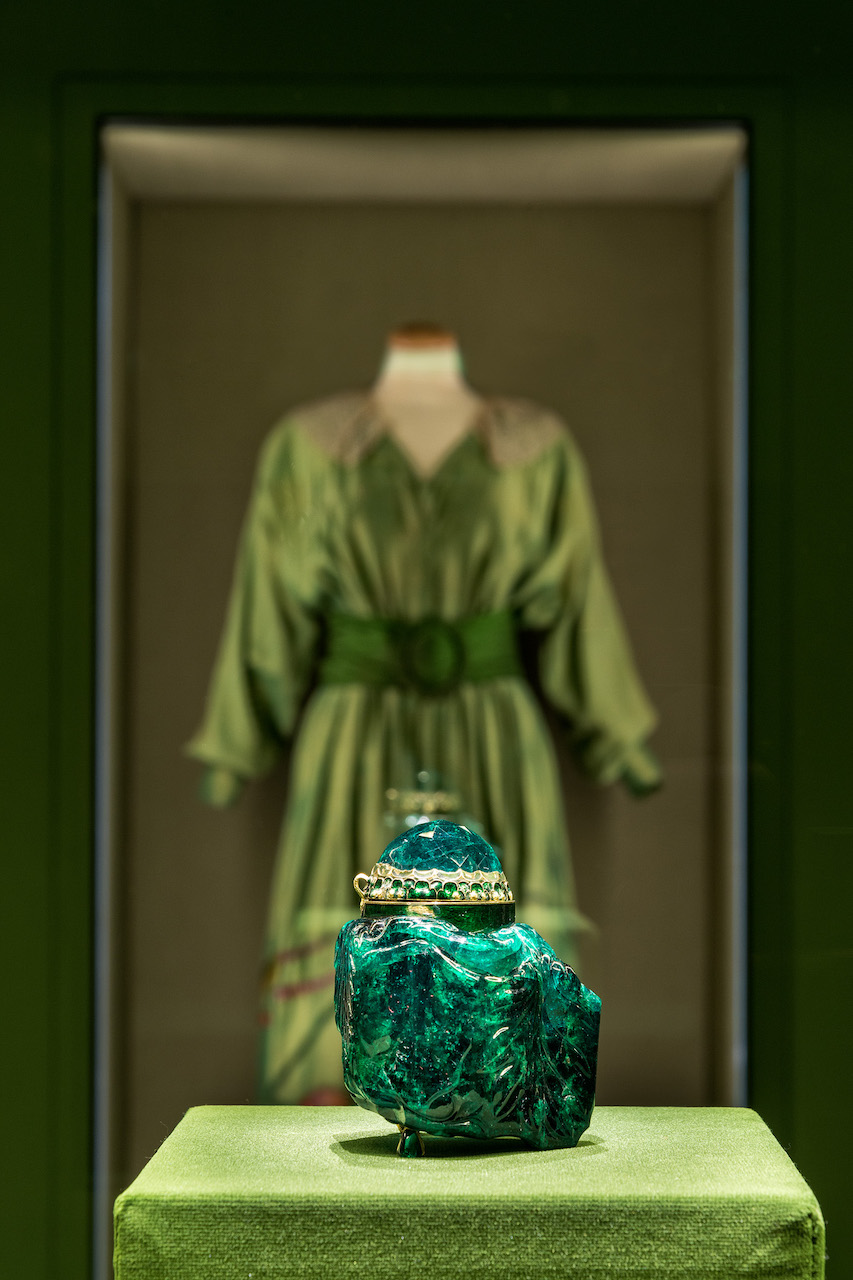
[Photo: © KHM-Museumsverband]
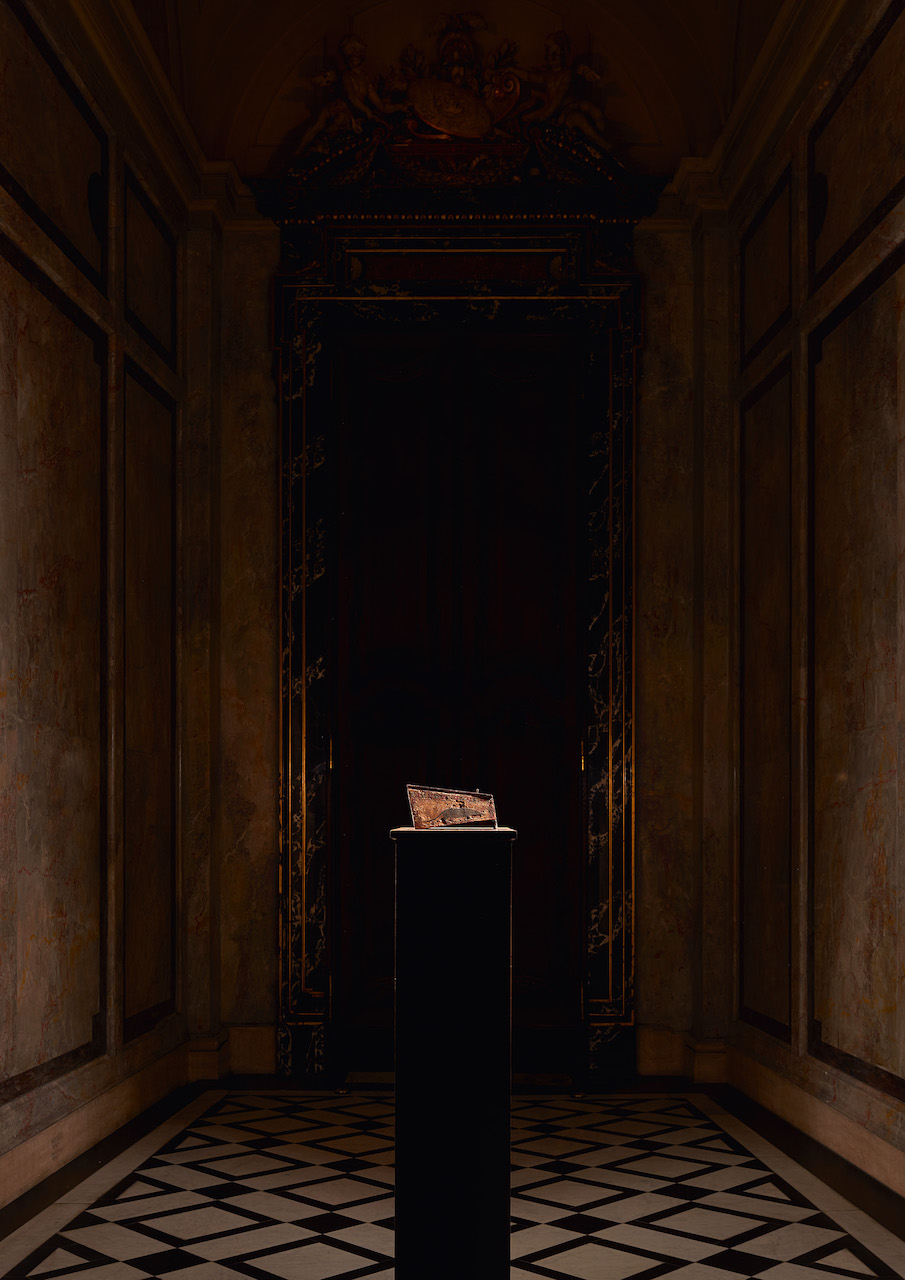
[Photo: © KHM-Museumsverband]
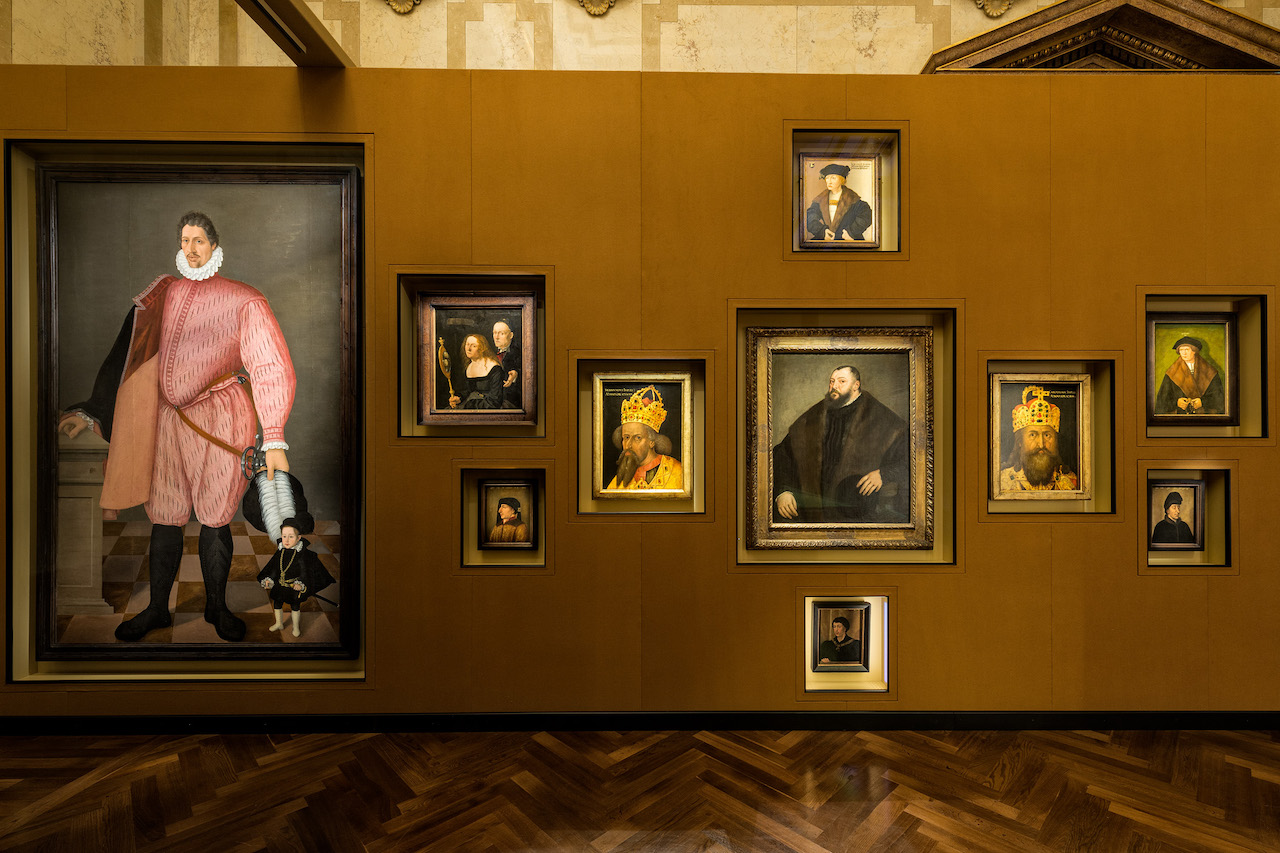
[Photo: © KHM-Museumsverband]
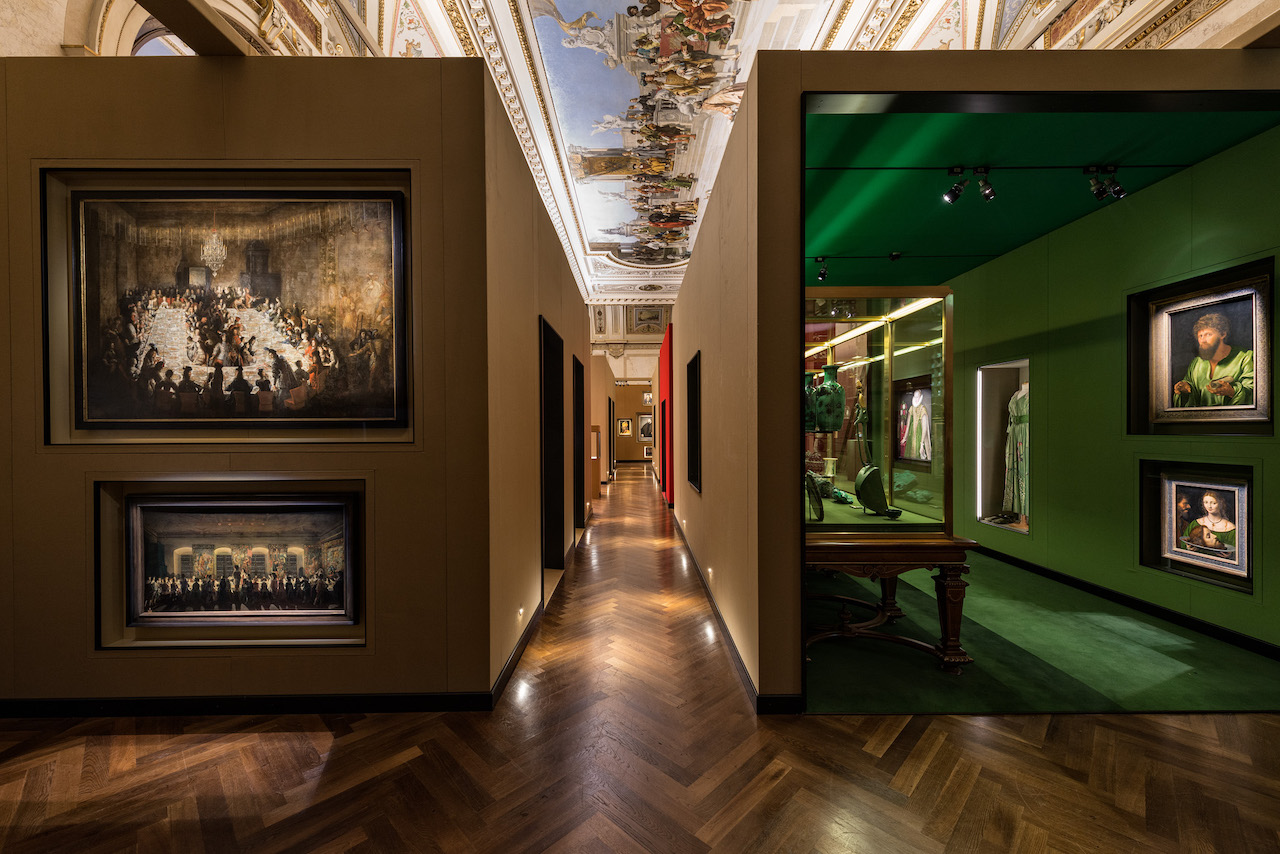
[Photo: © KHM-Museumsverband]
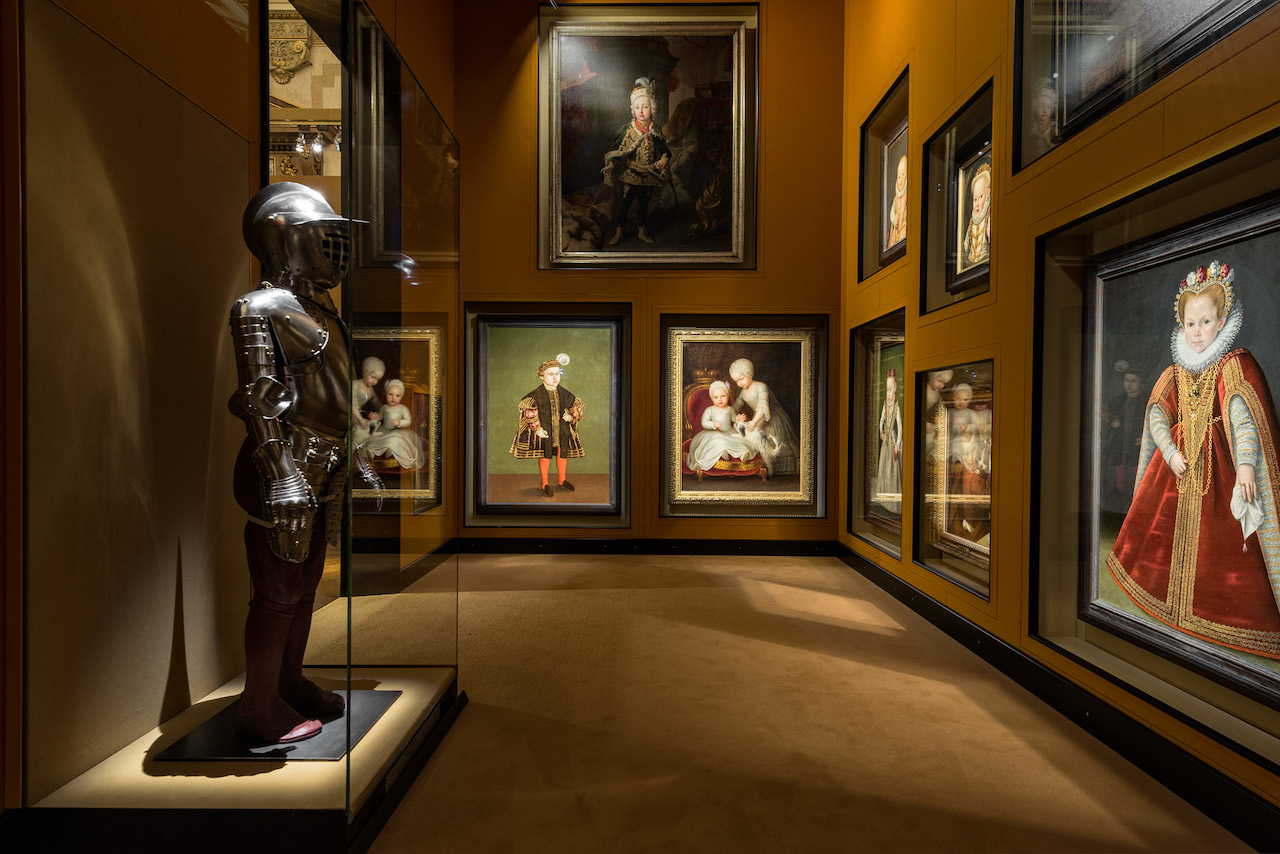
[Photo: © KHM-Museumsverband]
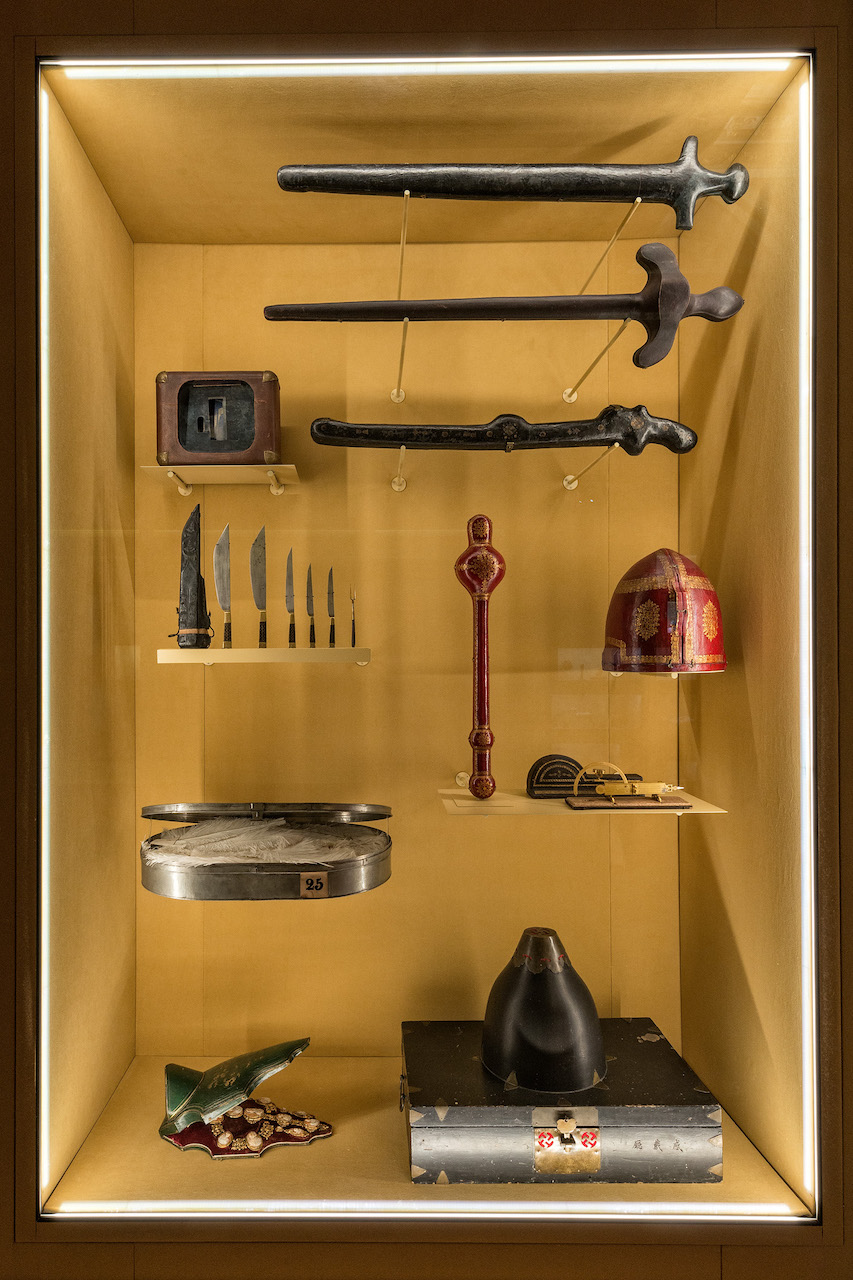
[Photo: © KHM-Museumsverband]
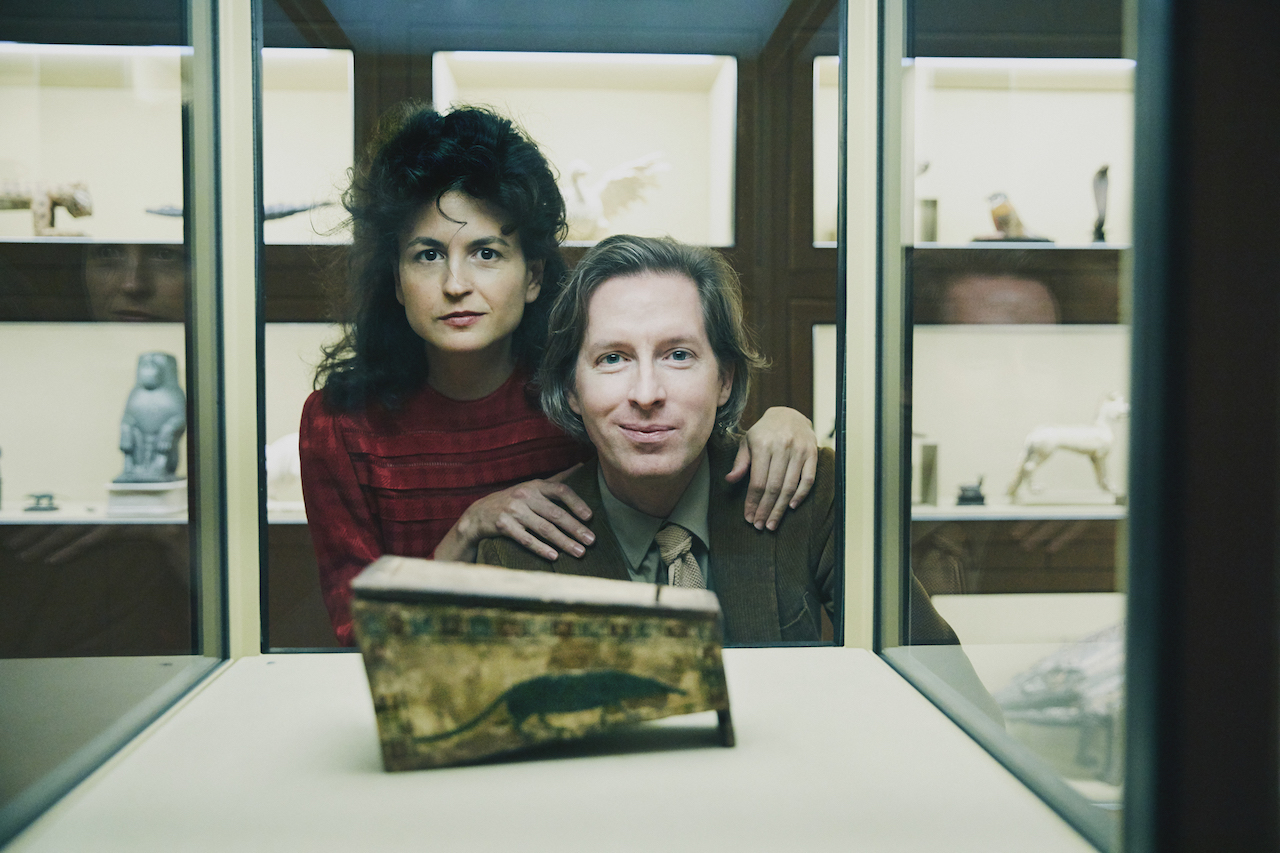
[Photo: Rafaela Proell]
Share this Story
More Culture
Burberry Checks Into The Newt
The fashion-hospitality affair continues in the English countryside
tell me more ›Il Pellicano’s Enduring Allure
60 years of cliffside luxury, timeless style, and a spirit you can’t quite put into words
tell me more ›Bulgari Hotels Screens “An Emperor’s Jewel – The Making of The Bvlgari Hotel Roma” in NYC
Hoteliers, artists, designers, and media came together for a special screening of "An Emperor’s Jewel – The Making of The Bvlgari Hotel Roma” at the exquisite Morgan Library in New York City
tell me more ›“Becoming Familiar” Is The Experience To See and Touch at Design Miami 2023
LA Based Raise the Moral Studio Sensory Art Objects Win Best Curio Presentation at Design Miami 2023
tell me more ›

